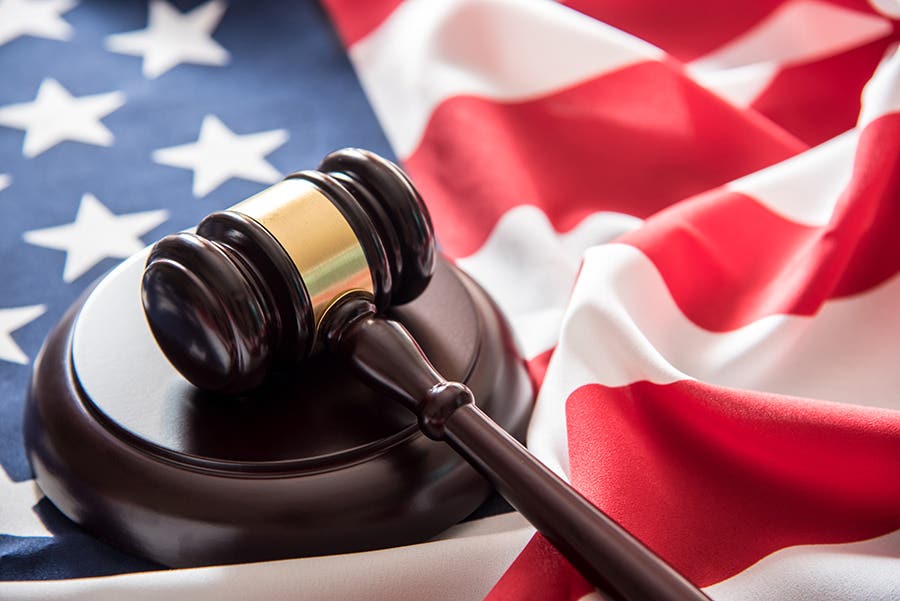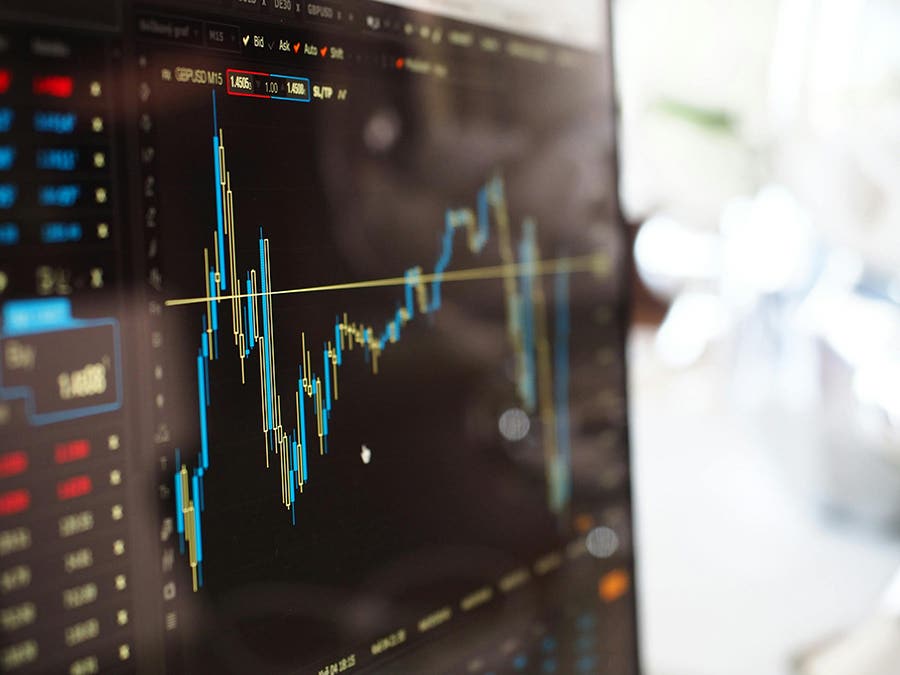Why Bother Owning Proof Gold American Eagles?
As most collectors understand, mintage and certified coin population statistics don’t tell the whole story of the future popularity of any coin.
Collectors are always on the lookout for coins and currency that appear to be temporarily undervalued. At the same time, it makes sense to anticipate what items may currently be either overvalued or have only limited appreciation prospects. Undervalued specimens could be excellent candidates for purchase, while the overvalued or stagnant pieces may be ripe for liquidation.
One category of coins that may fit into the latter category is Proof Gold American Eagles, especially the one-ounce size.
Since 1986, the combined mintages of one-ounce Proof Gold American Eagles are approaching two million coins. They are not rare. Plus, virtually all of them ever struck have been preserved in top condition.
The first-year mintage in 1986 was 446,290 coins. The Professional Coin Grading Service (PCGS) and Numismatic Guaranty Corporation/Company (NGC), together thus far, have certified 6,862 specimens in Proof-70 Deep/Ultra Cameo condition. Seven of these top-quality specimens have sold in major auctions thus far in 2023, with the median price paid being $2,700 and the range being $2,640-$3,373. Tens to over one hundred thousand more specimens of equal quality are still in their original government packaging. With such a large supply compared to the potential number of collectors, it is unlikely that this date will ever realize a significant numismatic premium above its precious metal value.
The 2020 one-ounce Proof Gold American Eagle mintage of 17,358 is one of the lower mintages of the series. Yet, PCGS and NGC have already certified 7,263 examples in Proof-70 Deep/Ultra Cameo condition. Only one specimen in this top grade has sold in a major auction this year, for which the buyer paid $2,760. Despite the far lower mintage, it is evident that this is also a common coin compared to the number of potential buyers.
I suspect that in the future, prices for the Proof Gold American Eagles could fall even closer to their precious metal value, except for one thing. There is a significant number of companies taking advantage of the US law that makes it legal for precious metals Individual Retirement Accounts to own Gold American Eagles—uncirculated, burnished, or in proof condition. I have heard countless stories from customers that they have been urged to acquire Proof American Gold Eagles as a numismatic investment in these IRAs. Invariably, the prices quoted are far higher than what most dealers would charge for the same products.
You may also like: 2023 Coin of the Year: Best Gold
Absent this source of demand, I expect Proof Gold American Eagles to eventually sell at lower premiums above their metal value than they do right now—especially as such investors start to liquidate such holdings. Alternatively, if the price of gold rises substantially, I would also expect to see a comparable fall in premium levels.
If a collector is interested in owning gold for its precious metal value that might have some potential to trade at higher numismatic premiums in the future, consider the First Spouse $10.00 Gold Bullion Coins struck from 2007 to 2020. The gold content is 0.5000 troy ounces. There are 42 different issues, each in uncirculated and in proof condition.
The highest mintage First Spouse issue was 19,823 for the 2007-W uncirculated Thomas Jefferson Liberty (he was not married while serving as president). Of the uncirculated issues, only the first four have mintages above 10,000 each. A whopping 34 uncirculated issues have mintages under 4,000 apiece. For the proofs, there are five with a mintage higher than 10,000 each (the first four issues and the 2015-W Jacqueline Kennedy) and 24 with less than 4,000 coins struck. By careful shopping, it could be possible to acquire many of these coins for close to precious metals value.
But, as most collectors understand, mintage and certified coin population statistics don’t tell the whole story of future popularity of any coin. The design or other features of a coin can affect numismatic demand. I suspect that more collectors love the obverse of the Gold American Eagles, which was adapted from the 1907-1933 $20.00 Saint Gaudens Double Eagle, while relatively few could even name many spouses of American presidents.
You may also like: Reverse Proof Dollars Available in New Two-Coin Set
Answer to the Previous Trivia Question
Last week, I asked: Can you identify the U.S. coin where 1) a husband and wife are credited as the designers, and 2) the U.S. Mint’s Chief Engraver and the individual who would become his successor at Chief Engraver are credited as designers? The answer to the first was James Earle Fraser, who, in addition to designing the Indian Head “Buffalo” nickel, also created the obverse of the Oregon Trail Memorial commemorative half-dollar series. His wife, Laura Gardin Fraser, creator of the obverse design on the currently struck American Woman quarters and other coins, created the reverse design of the Oregon Trail.
The answer to the second was U.S. Mint Chief Engraver George T. Morgan (of Morgan silver dollar fame) designed the obverse of the 1918 Lincoln-Illinois Centennial commemorative half dollars while John R. Sinnock, who became the U.S. Mint chief engraver upon Morgan’s death in 1925 and later designed the Roosevelt dime series that began in 1946 and the Franklin half dollar that was struck from 1948 to 1963 along with other coins, created the reverse of the Lincoln-Illinois.
This Week’s Trivia Question
Who was possibly the first person to have spent in commerce the first coins struck by the U.S. Mint – the 1792 half disme?
Patrick A. Heller was honored as a 2019 FUN Numismatic Ambassador. He is also the recipient of the American Numismatic Association 2018 Glenn Smedley Memorial Service Award, 2017 Exemplary Service Award, 2012 Harry Forman National Dealer of the Year Award, and 2008 Presidential Award. Over the years, he has also been honored by the Numismatic Literary Guild (including twice in 2020), the Professional Numismatists Guild, the Industry Council for Tangible Assets, and the Michigan State Numismatic Society. He is the communications officer of Liberty Coin Service in Lansing, Mich., and writes Liberty’s Outlook, a monthly newsletter on rare coins and precious metals subjects. Past newsletter issues can be viewed at www.libertycoinservice.com. Some of his radio commentaries titled “Things You ‘Know’ That Just Aren’t So, And Important News You Need To Know” can be heard at 8:45 a.m. Wednesday and Friday mornings on 1320-AM WILS in Lansing (which streams live and becomes part of the audio archives posted at www.1320wils.com).








